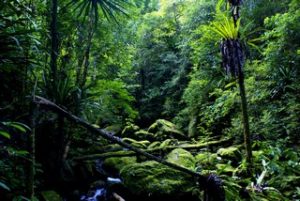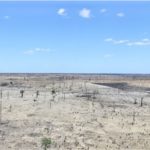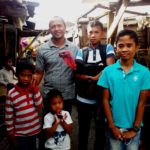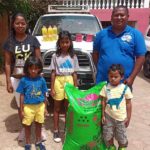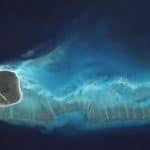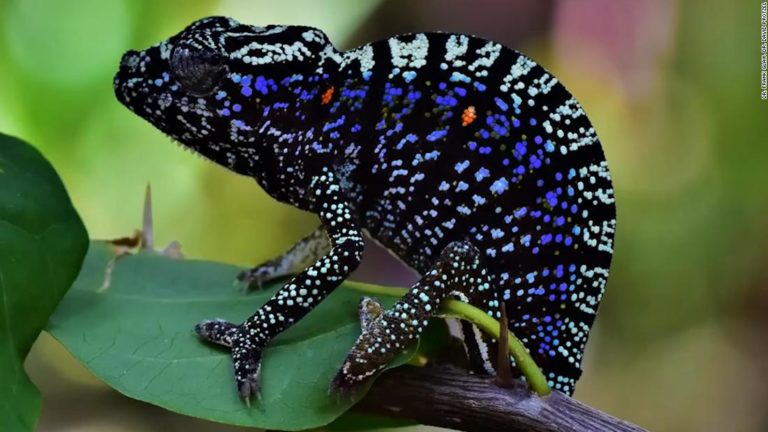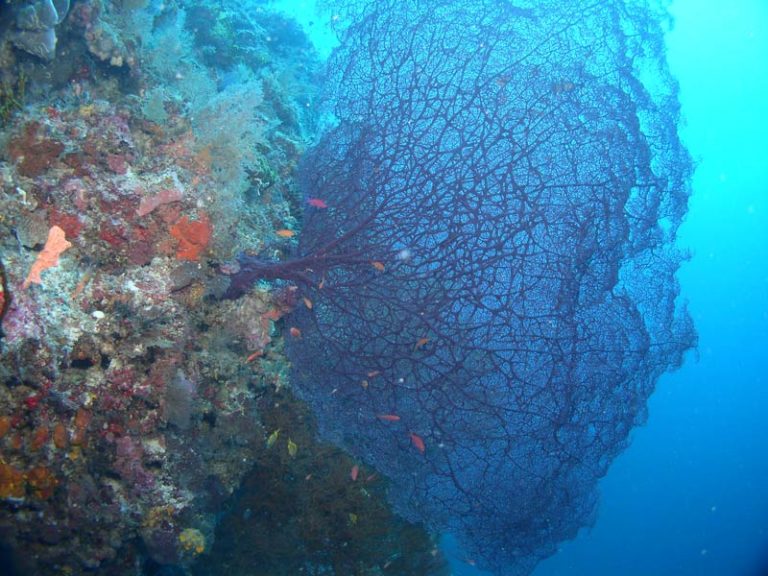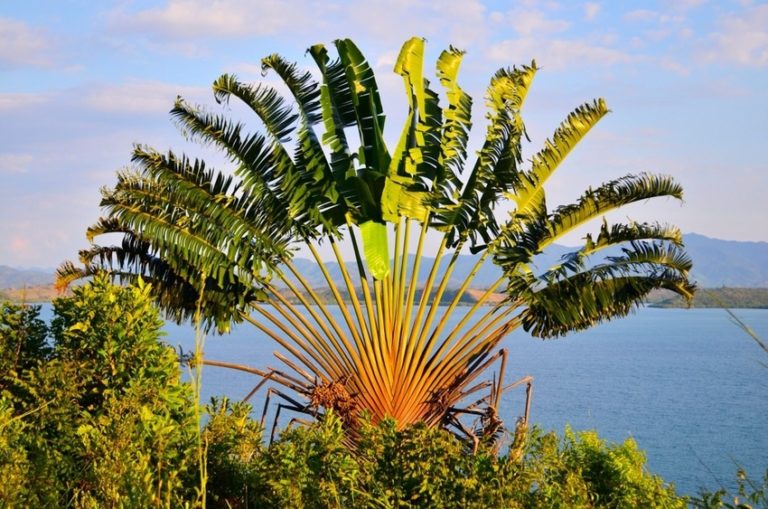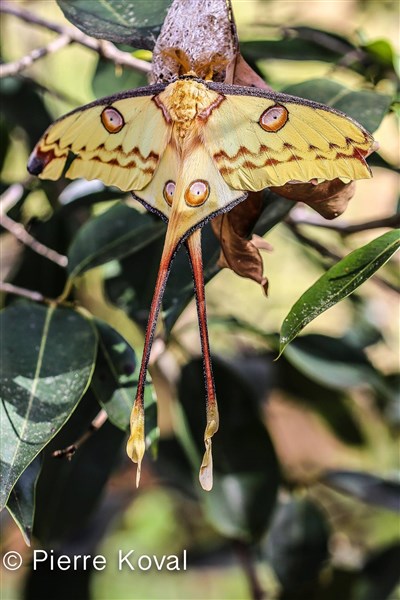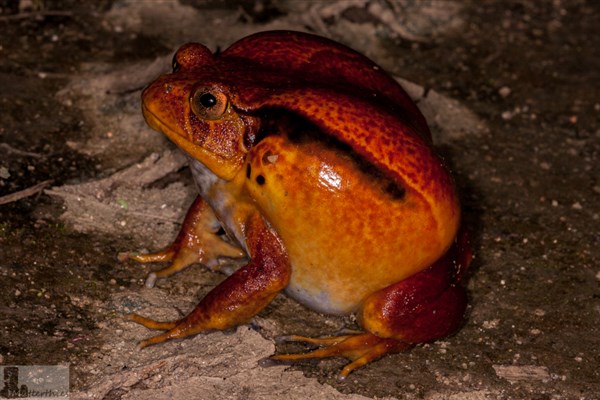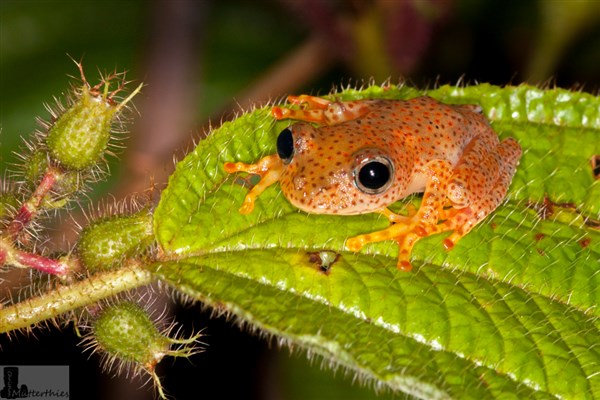The flora of the different biotopes in Madagascar
About 80% of Malagasy vegetation is endemic to the island: Madagascar has one of the richest floral species in the world, distributed in different environments or ecosystems, almost unique in the world.
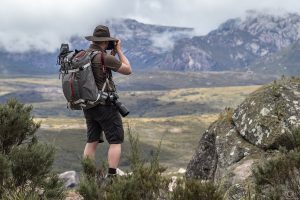
It is necessary to consider especially the radical difference between the flora of the eastern and western slopes of the island.
The central region also has rare species peculiar to it, they owe their presence to the presence of high mountains.
There are mountain massifs that rise from 2000 to 2800 m above sea level and are home to subalpine flora, where we find representatives of the flora of the boreal hemisphere.
What is the typical vegetation of Madagascar?
The eastern flora covered all the surfaces where the trade winds arrive still loaded with moisture.
The western flora covered all areas where this wind is zero or arrives dry.
Plants of the East
The east coast of Madagascar, facing the Indian Ocean, benefits from high rainfall, which is the origin of the 6 million hectares of tropical rainforest. It extends along the entire coast, on a long narrow strip, at low altitude - below 800 meters.
Trees that grow in close rows can reach a height of up to 30 meters. They are called evergreens: they retain their foliage and remain green all year round.
Dalbergia, Uacapa, Symphonia... the tallest species form a high canopy, they capture a maximum of light to leave only a rather dark area under the foliage. In the lower levels of the forest we find the famous Pandanus, the palms and especially many species of orchids.
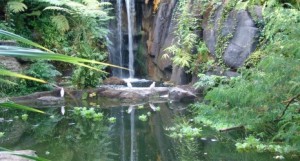
Madagascar's dense rainforest is one of the most threatened forests in the world.
Only one third of the primary forest remains. Numerous protected areas have been established to protect its unique ecosystems and their biodiversity, and to raise awareness among visitors.
In eastern Madagascar there are many national parks known for their natural richness, and many of them are classified by UNESCO as World Heritage Sites.
The Ranomafana National Park and of course Masoala are one of the best examples.
On the west coast, the tropical dry forest and mangrove swamps
The tropical dry forest of Madagascar extends over 2,580,000 ha in the west of the Red Island, on the coast, up to about 800 meters above sea level.
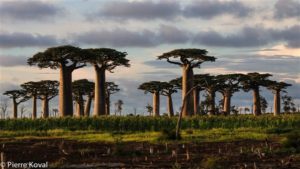
They are mainly baobabs, tamarinds and palms.
In the thicket sometimes hide a few Turtles.
Like the dense rainforest, this is a particularly threatened ecosystem, a victim of fires and intensive agriculture.
The Kirindy Mitea National Park is a beautiful example of Dry forest, as well as the Tsingy de Bemaraha National Park, which is known for its tsingy "forest".
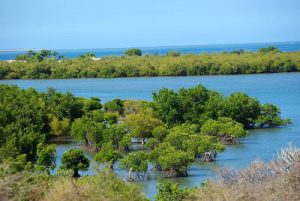
Mangroves are the most representative species that fly over the water thanks to a dense root network.
This network is home to many aquatic species: sheltered from currents and large predators, rich in sediments and algae, the mangrove is a true breeding ground for fish.
It is also the habitat of sea birds, Reptiles, Mollusks, Batrachia…
The mangrove plants are particularly adapted to a rather harsh environment, but remain fragile and threatened by cyclones and storms, which are increasingly frequent.
In the heart of the highlands: Savannah and bush
The heart of Madagascar is that of large open areas of grassy savannah.
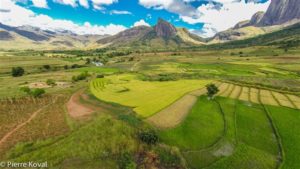
Unlike other Malagasy ecosystems, it is not considered the place with the richest biodiversity, but the landscapes of ocher laterite soils and the green rice fields remain spectacular.
A bush is concentrated at the southern end of the highlands: it looks like Australia, and yet 80% of the species are found nowhere else on the planet.
A short forest of bushes and thorny scrub, the main species of which are Euphorbias, Didierecées and Apocianaceae are.
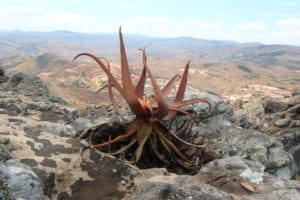
The road from Beloha to Ambovombe crosses the territory of the Androy through the bush. From the roadside you can see prickly pears, which gave the region its name: From the thorns, the bush is a real rampart.
The bush is also the place where Zebus are grown, and near the cities, sisal is grown from an agave tree for the production of ropes and carpets.
Microclimate: from dry plains to humid forests....
Finally, the region of Sambirano, characterized by its species and its location on the western slope and microclimate.
However, the Sambirano region, which is completely enclosed in the western territory, has the humid tropical vegetation type of the east with identical species or similar forms.
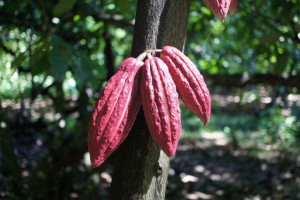
These three regions have imprecise boundaries, and you pass imperceptibly from one region to another.
Madagascar has the peculiarity of having a very fertile land where everything grows.
There are 80 to 90 % endemic species on the island among all the plants listed. Due to its isolated location in the middle of the Indian Ocean, Madagascar has seen many plant and animal species thrive.
The Degree of endemism is so high that there are no less than twelve entire plant families that are found only on the island.
This endemic biodiversity is also due to a variety of climates: from the driest regions to moisture-saturated regions.
The richness of the land allows you to discover extraordinary species such as Orchids, Baobabs, Palms, Ravenala, Madagascar jasmine or Succulent plants to discover.

